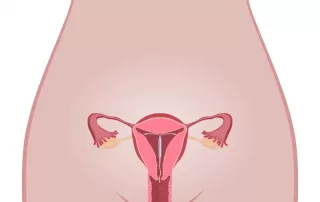Overview
Birth control, also known as contraception, encompasses various methods and devices used to prevent pregnancy, empowering individuals and couples to decide if and when they want to have children. This contributes significantly to reproductive health and family planning.
Barrier methods, such as condoms, diaphragms, and cervical caps, physically block sperm from reaching the egg and provide protection against sexually transmitted infections (STIs). Hormonal methods include birth control pills, patches, injections, and hormonal intrauterine devices (IUDs), which regulate or stop ovulation. These methods are highly effective when used correctly, although they do not protect against STIs.
IUDs, both hormonal and non-hormonal (copper), offer long-term protection, ranging from 3 to 10 years. Permanent methods, such as tubal ligation for women and vasectomy for men, provide permanent solutions for preventing pregnancy. Natural methods, like the calendar method, basal body temperature monitoring, and cervical mucus observation, involve tracking the menstrual cycle and avoiding intercourse on fertile days, though have higher failure rates.
Emergency contraception, including pills or devices used after unprotected sex, can prevent pregnancy but should not be relied upon as a regular contraceptive method. In addition to preventing pregnancy, some birth control methods regulate menstrual cycles, reduce menstrual cramps, and manage acne. The effectiveness of birth control varies, with IUDs and hormonal methods generally being more effective than barrier or natural methods.
Choosing the right method involves considering one’s health, lifestyle, and reproductive goals. Consulting with a healthcare provider can help determine the best option.








